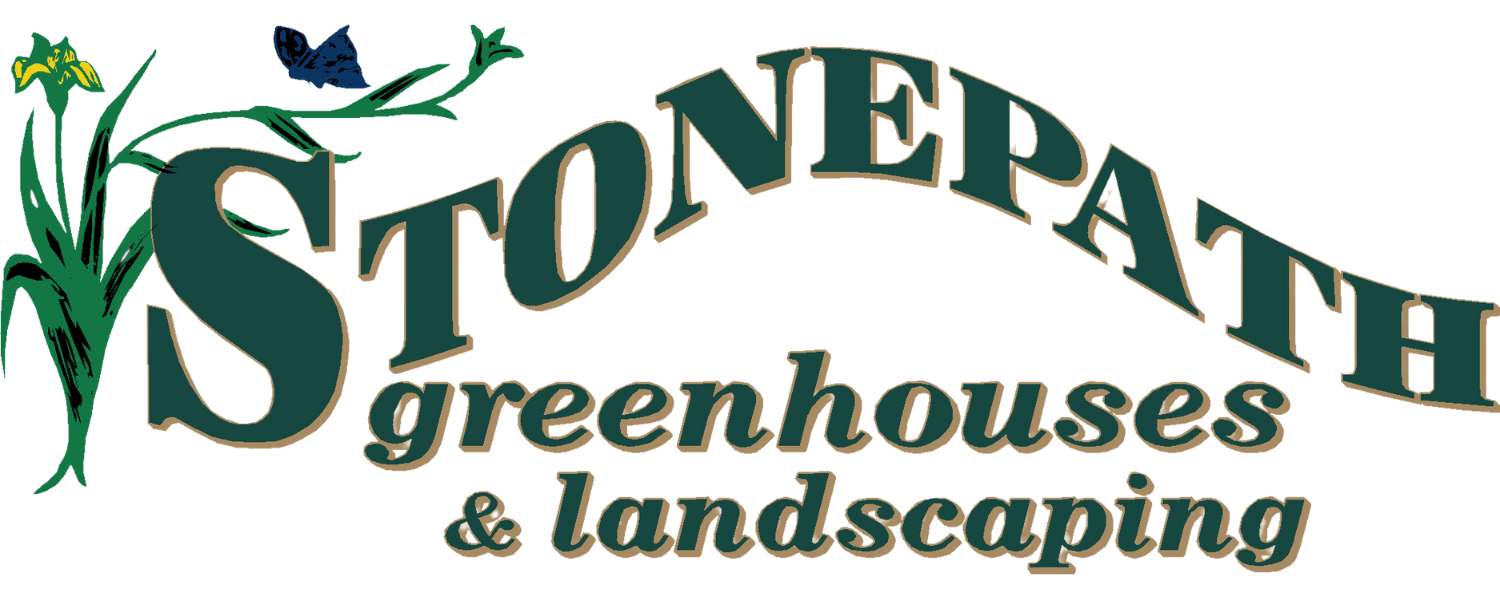Seed
Seed is an undeveloped plant embryo protected in an outer covering. Anything living, produces a seed.
Have you ever taken the time to actually think about the life of a seed. It seems to start out as a hard shell, either very tiny or large. A seed consists of thee parts: embryo, endosperm and seed coat.
The embryo is a tiny plant inside the seed that has a root, a stem, and one or more leaves. The endosperm is the tissue of the seed that provides nutrition in the form of starch, oil and protein. The seed coat is the protective covering and keeps the see viable for long periods of time. Think of the seed banks that have hundreds of thousands of seeds.
Seeds develop from a fertilized ovule after a plant is pollinated. Studies are still be done to determine the genes that are involved in seed development. An easy way to look at it is, the flower is formed on the plant and then pollinated. Inside the flower, the seeds starts to form. When the flower fades, the seed pods are formed and start to dry as the seed coat becomes strong. If you break open a seed pod at this time, you will find high numbers of seed inside the pod, ready to carry on the genetic line of the plant.



